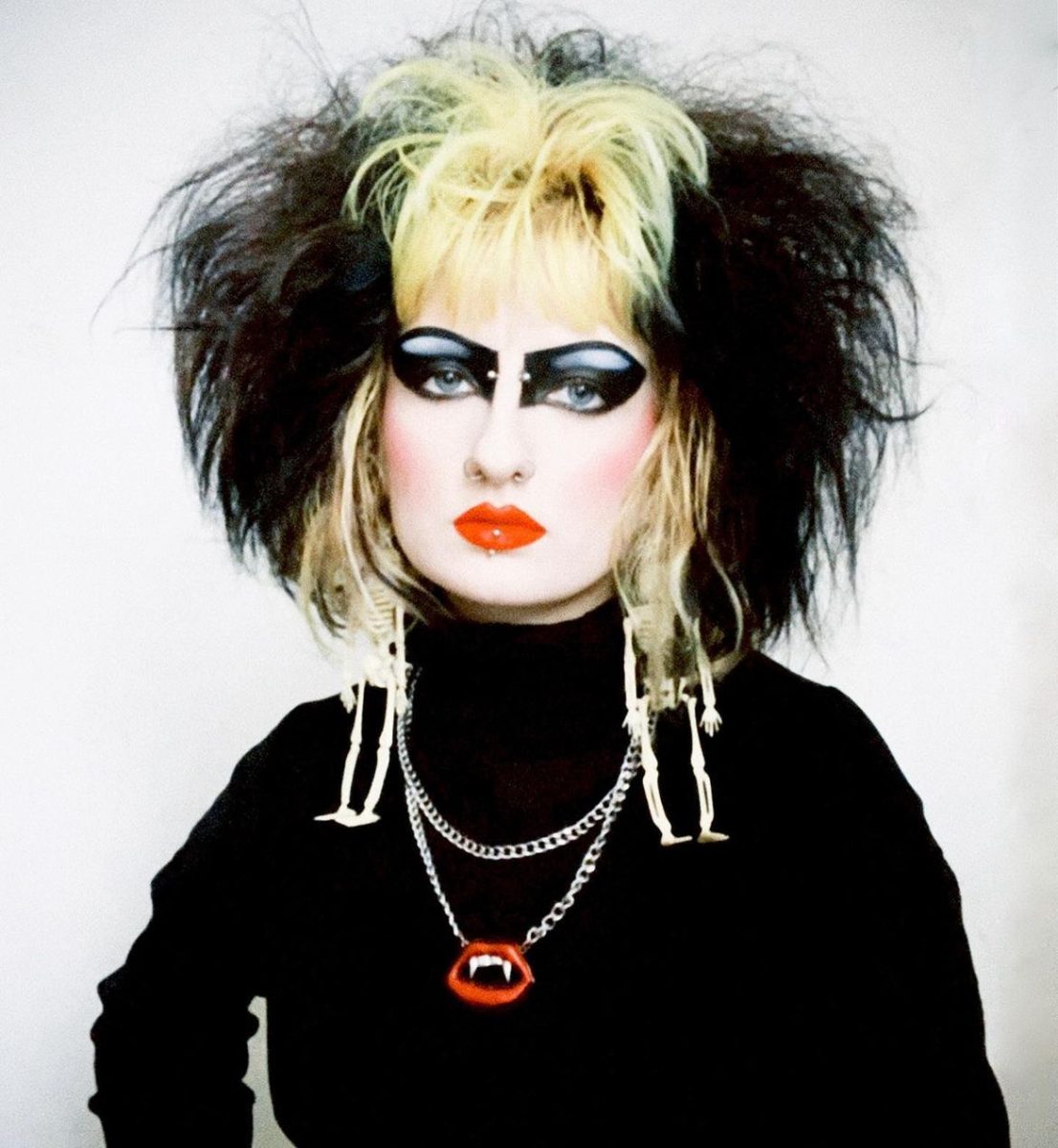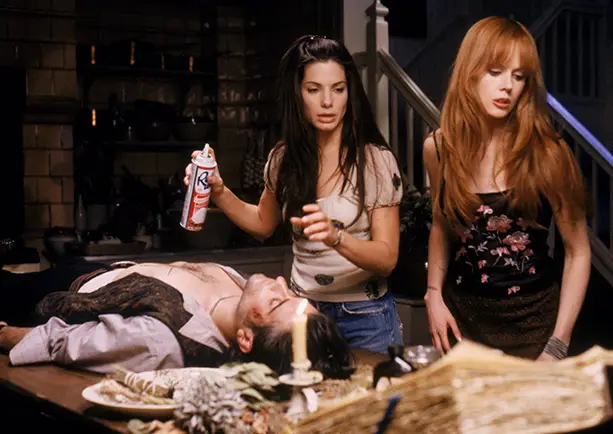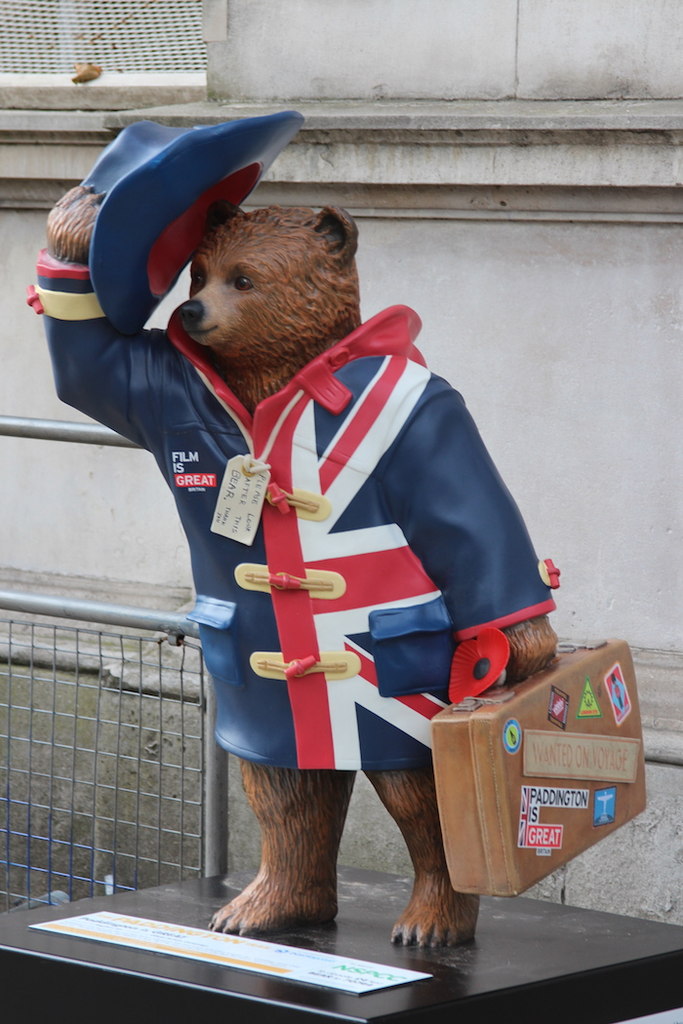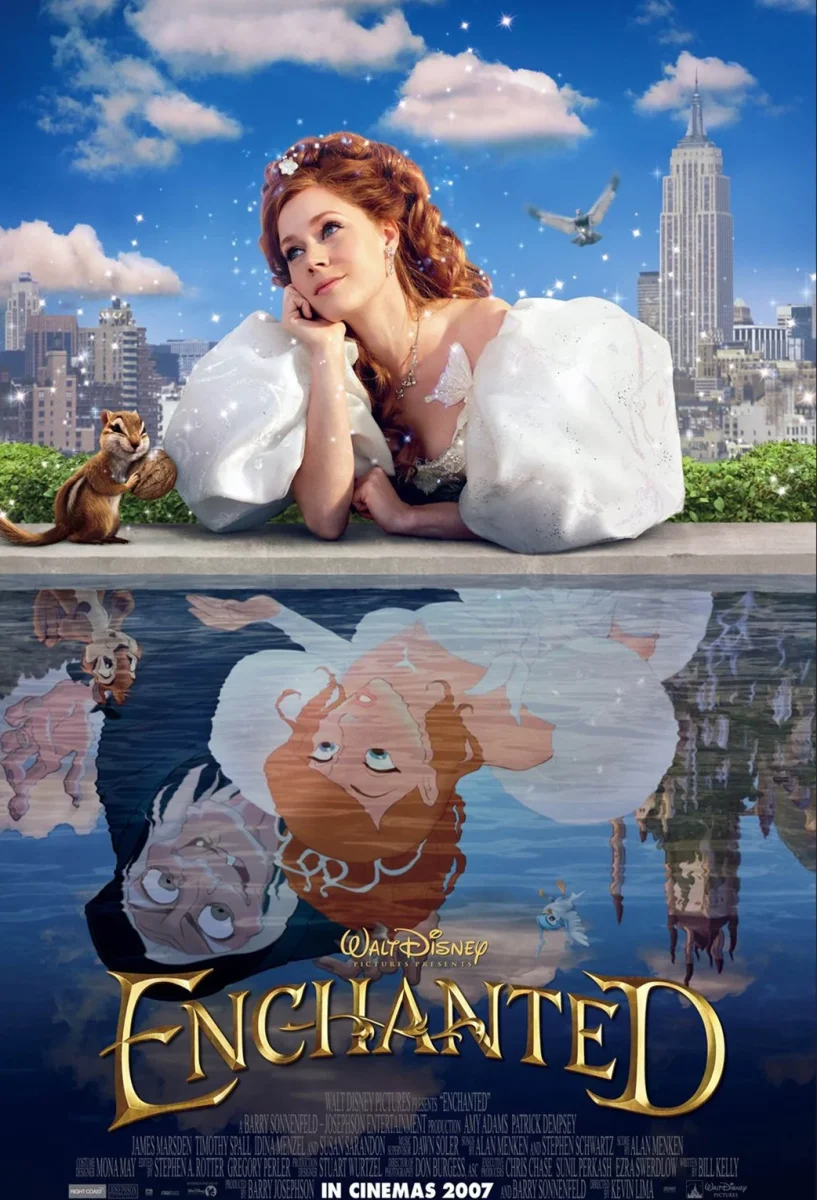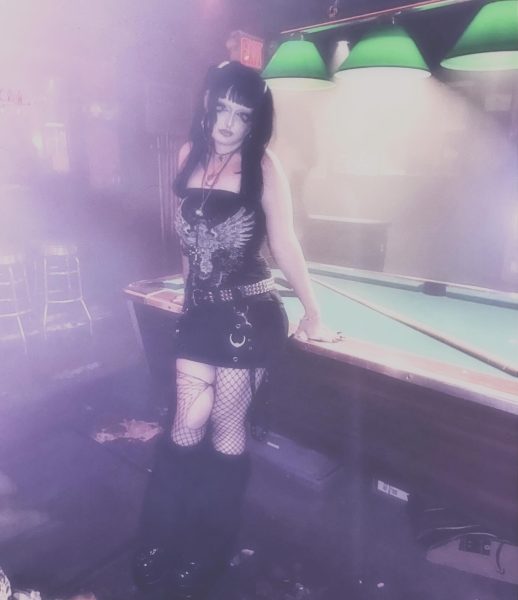“Dark, mysterious and downright macabre.” These are just some words that describe those with an insatiable love for the spookier things in life: goths.
Goths have a notorious reputation for painting their faces stark white and dressing in all black. Some call them the walking dead, and others call it a glorious lifestyle. From music to fashion to architecture, goths have been around and influenced the world for centuries.
When we think of goth, we may think of Elvira, Morticia Addams or Robert Smith, but did you know some of the first goths can be traced back to first-century Poland? The Gutones are the first “goths” observed by historians and archeologists. Goth was then used to refer to a group of Germanic people in the Middle Ages who ushered in the Medieval era. Goths had erected churches and other buildings over time with intricate points and high vaulted ceilings. This is what we know now as Gothic architecture. Over time, this architecture evolved from being viewed as revolutionary to dark and eerie. This is what inspires spooky and tragic gothic literature. These writings have had a prolific effect on literature as a whole and helped develop horror as a prominent genre. Some famous gothic-styled books include “Frankenstein” (1818) by Mary Shelley, “The Raven” (1845) by Edgar Allan Poe and “Because I Could Not Stop for Death” (1890) by Emily Dickinson. With these new literary contributions, silent horror films were developed in the early 1900s and soon became cult classics within the goth community. Films like “Nosferatu” (1922), directed by F.W Murnau and “The Cabinet of Dr. Caligari” (1920), directed by Robert Wiene, are widely regarded as the founding films of horror and gothic cinema.
Goth fashion can be traced back to the mid-1800s in Victorian England when the gothic style started to gain popularity. It wasn’t until the early 1980s that “goth” re-emerged in pop culture and was recognized as a subculture. Goth became a way to escape the normative beauty standards and to celebrate the dark and occult. Clothes were inspired by morbidity, romanticism of horror and mythical creatures like vampires. Long black clothing that hugs you in all the right places, flowy sleeves to replicate a vampire’s cape, the biggest Frankenstein shoes you can find and, of course, tons and tons of crosses. Though not necessary to complete the “goth look,” religious symbols like the cross or the Egyptian symbol of life are commonly used to adorn the body. Painting your face white gives the illusion that you’re “dead” or extremely pale in complexion. This, along with dark eye makeup and harsh black contours, is frequently used to finish the look.
Goth clothes can be found just about anywhere. Goth isn’t just a fashion subculture; it’s a lifestyle and a music genre. Not everyone who is goth dresses goth, and that’s okay! It’s all about the culture!

